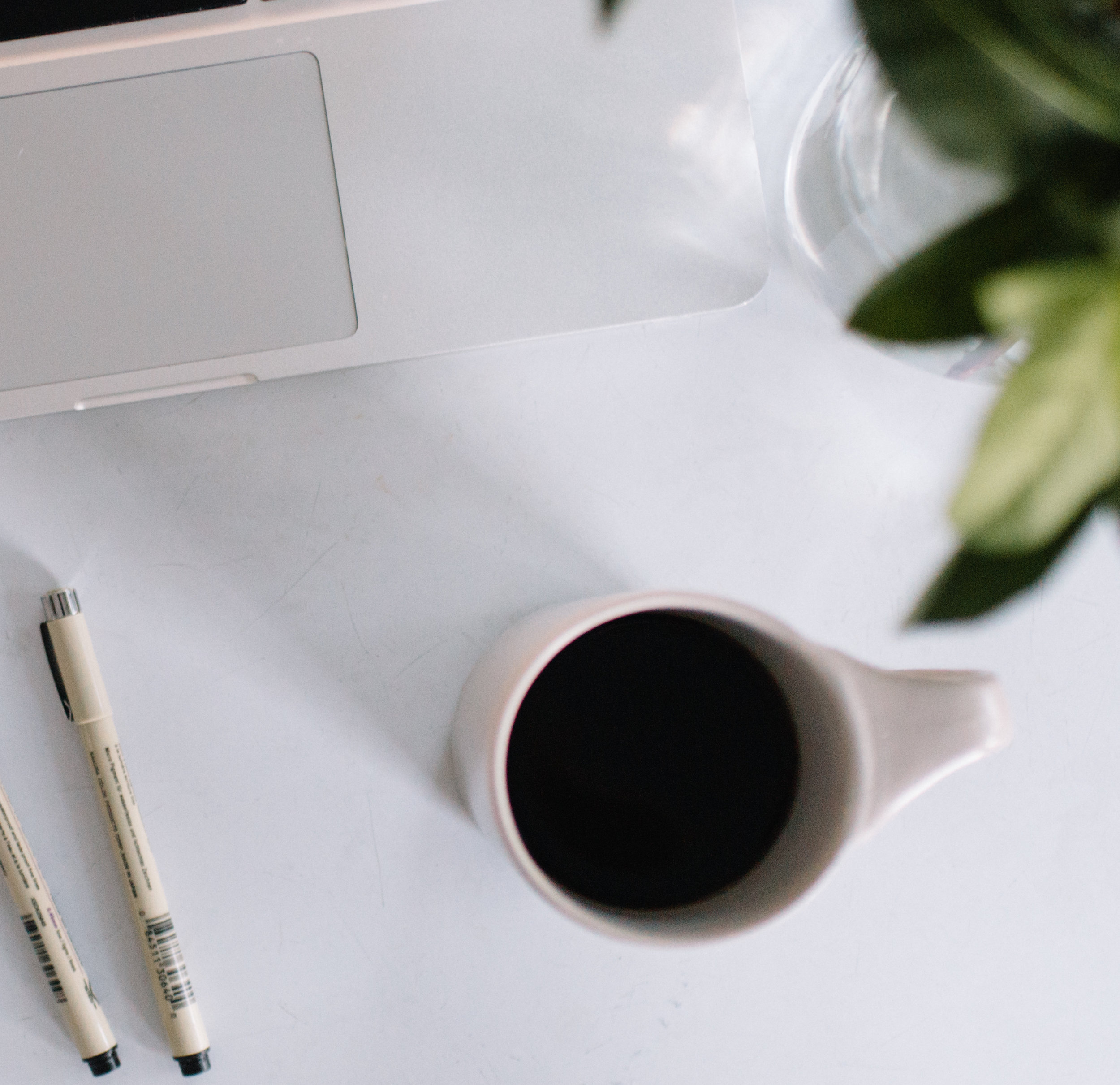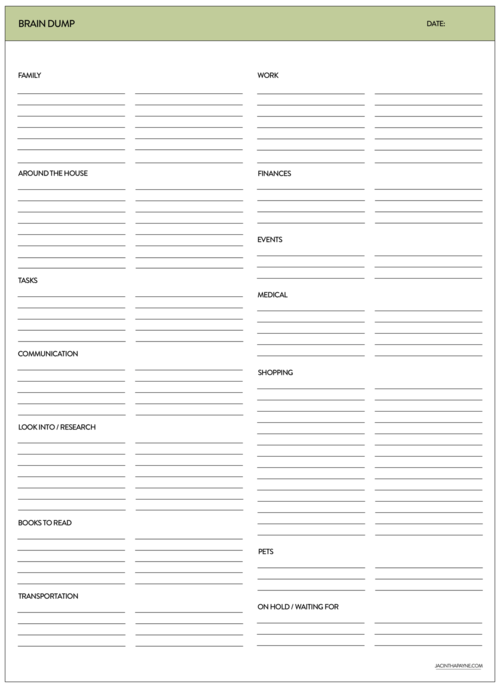THE BRAIN DUMP
We all have things that we need to get done. Every day we have tasks that come up and we have to figure out how and when to get them done. This happens both in the workplace and at home. So, it’s essential to have a plan and system in place to process the work that comes up.
YOU CAN’T KEEP IT IN YOUR HEAD
When something comes up, or you notice something that needs to be done you can’t just keep it in your head. If you do, you’ll either (A) accidentally forget about it or (B) accidentally forget about something else.
One solution to this is to write something down when it comes up. However, if you don’t have a proven system in place that works you will just as easily accidentally forget about it if you can’t find what you’ve written down.
Here is a system that will help you get your thoughts out of your head, know what to focus on next, and then work on completing your list.
GETTING OUT OF YOUR OWN HEAD
Having things floating around in your head is great way to forget things, not get things done, and never accomplish your goals. That may sound extreme, but getting things out of your head and into some kind of system you can trust is very important.
The best way to get out all the stuff out of your head is to have regular (scheduled if necessary) Brain Dumps. Brain Dumps are a set time you’re able to clear all the tasks, upcoming projects, events, etc. that will need your personal time and attention. The point of these times are to get as many lingering things out of your head as possible and into a place that is able to be easily retrieved and accessed. I put together a Brain Dump document you can print out multiple copies of and keep in a binder.
The Brain Dump document is meant to do a couple of things:
Be a trusted place to house your upcoming tasks, projects, events, etc.
Be a document that will help walk you through the main categories of consideration.
Of course, you don’t have to use the Brain Dump method. If you have another way of capturing and organizing your work that has proven to be effective for you, keep doing it.
I do want to make an argument that there is something to the process of writing on a piece of paper with a pen or pencil that helps with recalling information.
Here is how I use the Brain Dump document:
The document is made up of several categories (e.g. Tasks, Family, Events, Around the House, etc.) with empty lines underneath each category for recording tasks and other important information.
I will set aside 20-30 minutes of time once a week to do a Brain Dump. If this is the first time you are unloading all of your tasks and events, then you may want to allows yourself some extra time.
I go through each category and ask myself if there are any items I want to add to this list. For example: “Are there any tasks that I need to be focusing on?”, “Are there any events coming up that I need to put on the calendar?”, “Is there anything around the house that need my attention?”
After you go through each category and you have completed your Brain Dump, file it away in a place that is easily accessible.
Once you’ve used the Brain Dump doc for a while, you may find that it isn't necessary to use the actual document anymore. This is fine. In fact, over time the process of thinking through your categories will become natural and you will work through your brain dump quickly.
Also, you may find that using a digital method of capturing the information from your Brain Dumps works better for you. In this case, Google Doc or an app like Todoist or Things 3 may be a great alternative to using traditional paper and pen.
After you’ve finished your Brain Dump, you will have emptied and cleared your head of all of the upcoming tasks and events and will be ready to figure out what to focus on next.
If you are interested in finding out more about organizing your time and work, check out this page and the resources for getting things organized.
How are you currently organizing your thoughts and projects?
| Credits: Author - Jacintha Payne; Photography - Ali Marsh |


